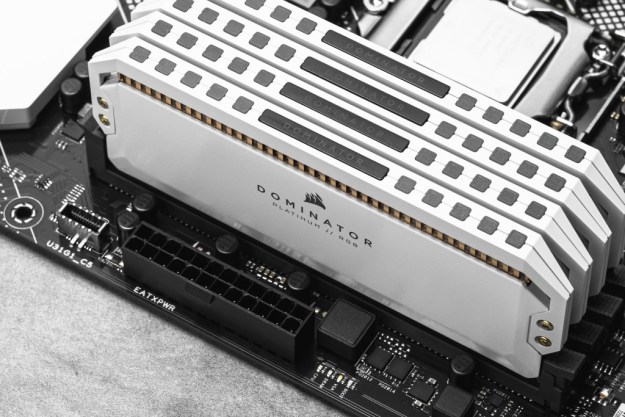
This comes at the strangest of times, however, as there was a large bump in pricing this month as China celebrated the 70th anniversary of its wartime victory over Japan, which many factories observe by allowing workers to have time off. Prices have plummeted with no signs of stopping.
Of course someone’s to blame for this continued price decline, and many people are pointing at Microsoft. When a new operating system is released, it normally drives a big upsurge in new system buys and upgrades, as people get something new or re-spec what they have to bring it up to scratch. With the release of Windows 10, however, that didn’t happen to the same extent — because of the free upgrade.
Related: HyperX shatters records with its 3000MHz DDR memory kit
“Notebook shipments in the third quarter fall short of what is expected for a traditional peak season mainly because Windows 10 with its free upgrade plan negatively impacted replaced sales of notebooks to some extent rather than driving the demand for these products,” said DRAMexchange’s Avril Wu.
However, it’s not just Windows-based systems that haven’t been selling as well. Smartphone and server shipments are predicted to tumble over the next year too, leading to price cuts between different manufacturers that have made it difficult for anyone to make much money from memory. This will impact the sales of big memory makers like SK Hynix, Micron and Samsung, though the latter is expected to make the move to 18nm standards sooner, which may give it some breathing room in a pricing war.
Editors' Recommendations
- A cheaper version of the Meta Quest 3 now seems more likely than ever
- Samsung’s Odyssey OLED 49 arrives cheaper than expected
- From 300% to under MSRP, AMD and Nvidia GPUs are now cheaper than ever
- DDR6 is already in the works, and it’s four times as fast as DDR4
- DDR5 RAM will be much faster than DDR4, but it comes with one major compromise




